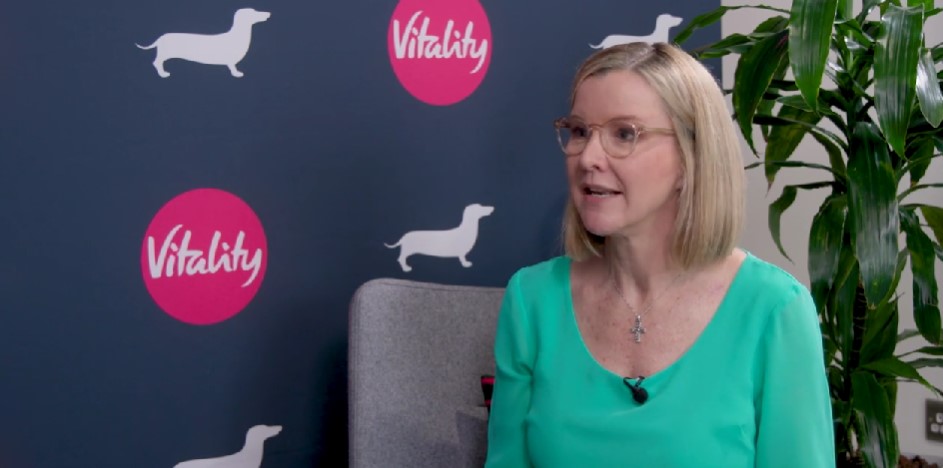A lack of job security and increased knowledge gained from social media is behind ever growing numbers of younger people buying income protection (IP).
But advisers would do well to ensure these consumers understand the mortality curve, mental health benefits and the risk of being uninsurable in later years to increase sales further.
These were some of the key themes of the first day of Income Protection Action Week (IPAW).
Shift in demographic
During a panel debate in the first IPAW session of the week, Nina Brown, protection adviser at Pam Brown Mortgages, said she had seen a shift in terms of which customers ask for income protection.
“There are definitely more younger clients now that have the knowledge,” Brown said.
“For example with social media, people are seeing it more on social media now and people are now curious on what that actually entails rather than just thinking ‘I just need life insurance for the mortgage.'”
A further factor according to Hannah Murray, protection specialist at St James’s Place, is job insecurity.
“People don’t trust their job security anymore,” Murray said.
“Job security has changed so much and so many big companies are making cutbacks.
“So I think people are looking at their employer and not trusting they will be there to help out.”
This job insecurity is also leading some customers to strike out on their own, Murray added.
“Some of them are even making the shift to say being an employee doesn’t work for me anymore, I need to look at going out on my own.
“They’re starting a business and are self-employed. Certainly more people have made that jump and are very conscious that they don’t have that job security anymore.
“They definitely make up more of the people I’m speaking with. It means that they prioritise that because they’ve made that big jump.
“They’ve got the flexibility of everything else. They just want that security in place.”
Mortality curve
In a subsequent session, Julie Botha, sales and training academy manager at Vitality (pictured), spoke about what advisers need to focus on to deliver more sales from younger customers.
“I remember when I first joined the industry the mortality curve was the first thing I learned,” Botha said.
“The younger you are, the lower your risk, therefore the lower your premium. And the older you are, the higher your risk and therefore, the higher your premium.”
But Botha added young people do not always understand that the mortality curve is not linear.
“It’s got this hump in the middle,” she explained.
“It goes up in your 20s and your early 30s and then it comes down again. You need to explain to younger people why that hump is there.
“It’s really because when you’re in your 20s and 30s, you engage in more risky behaviour.
“We do silly things when we’re younger; when we’re older, we’re more conservative and we take less risk.
“Introduce that concept to them and let them understand that. When looking at our 2024 claims and benefit report, our youngest IP claimant was 21 for a spinal injury.
“So when you’re talking to a younger client, it’s about not necessarily talking about the risk of heart attacks or strokes, it’s talking about where you could come back from a skiing holiday with a spinal injury. That’s something they can relate to.”
Mental health resonating with young customers
Botha added advisers could also talk about mental health benefits.
“The other thing that really stands out from an IP claim perspective with younger generations or what they can relate to, is mental and behavioural conditions,” Botha continued.
“So last year, we paid 19% of our IP claims for behavioural and mental health conditions. That’s something that younger people can certainly relate to.”
Guarding against becoming uninsurable
Though Botha also called on advisers to drive home the concept of being uninsurable.
“We understand being uninsurable,” Botha said. “We appreciate it because we’re in the industry and we see underwriting decisions all the time, but I don’t think the average person in the street understands that.
“And when we talk about being uninsurable, it’s getting across the point that something as simple as an abnormal smear or time off work for a mental behavioural condition can have adverse consequences for you getting protection.
“Get clients to that point – that they can’t necessarily wait because things could happen, especially when we talk about things that resonate with young people like trauma and mental and behavioural conditions.”
Botha said one of the training questions she loves is where the insurer asks advisers which of their clients they think truly value protection the most.
“Do you think it’s younger people with families?” she continued.
“Or is it older people who are earning a lot of money? Or is it people with a mortgage? It’s not.
“It’s those that can’t get insurance. They are the ones that value insurance most and want insurance most. And we don’t want you to be in that situation at all.”
